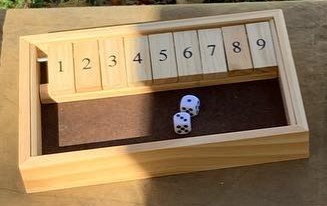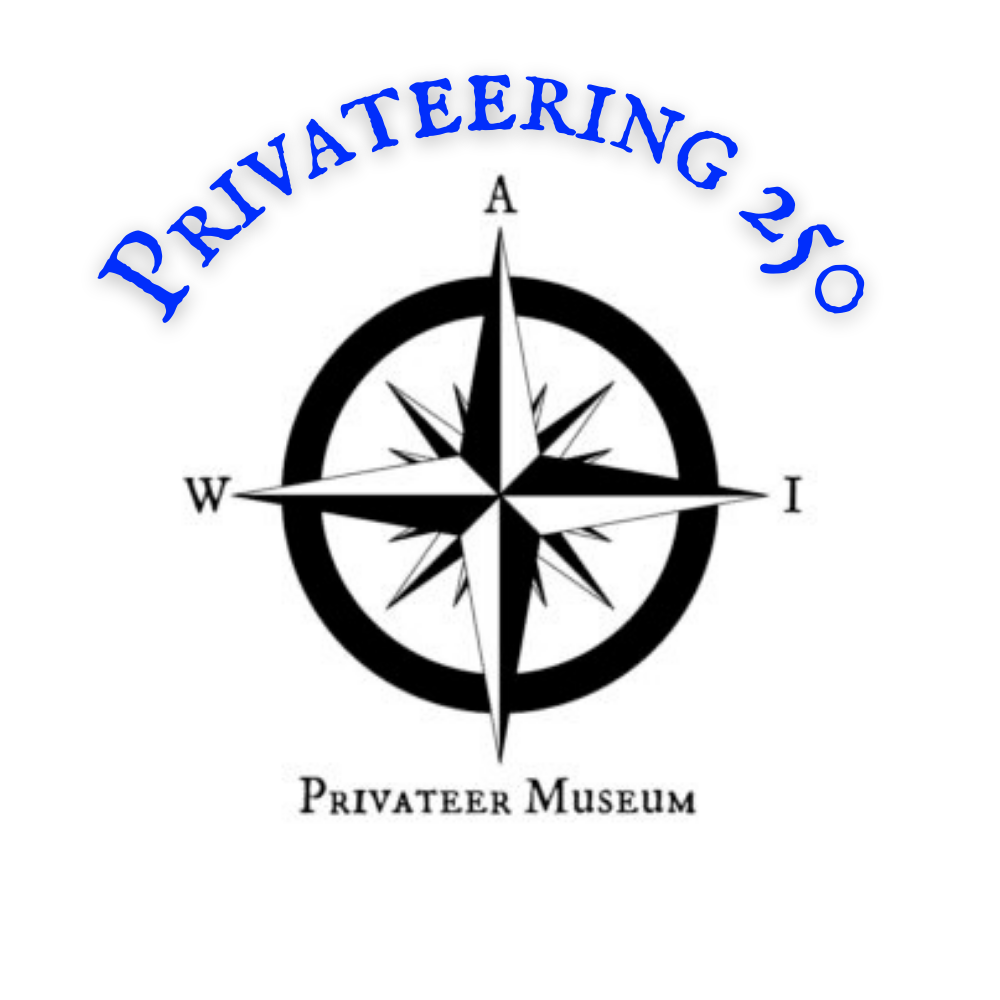This was not a thing that would happen often, granted just like today if you’re smart, you find the time to relax a bit.
Onboard ships during the late 18th century this was also no different. Sailors had little spare time, and what little they did have was chock full of ways to occupy their time, from music to games, and even crafts (at the time called “smalls” because of the size). Without spare time or something to change the focus on, we as human beings go a little unbalanced, which for a crew is not a good thing. Especially in a job that already takes a toll on one psychologically.
Here you will find a number of things that were common for sailors to occupy “spare time” with when they had the opportunity to do so. Being a sailor was hard work, and depending on the type and size of the ship, it may not come around often.
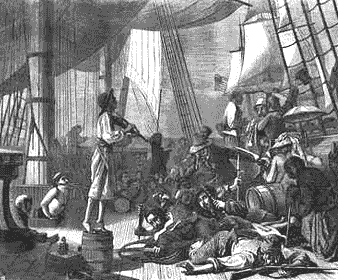
Knotwork
Elegant as well as practical, knotwork is a common occurrence aboard ships even today.
One can work while passing the time, and brush up on their skill. Knotwork is found as far back as the 13th century and has stayed popular among sailors since then as it doesn’t take up a lot of room adds a bit of style to ropes everywhere, and keeps the rope ends from fraying. From splicing lines to creating “smalls” or adorning ditty bags.
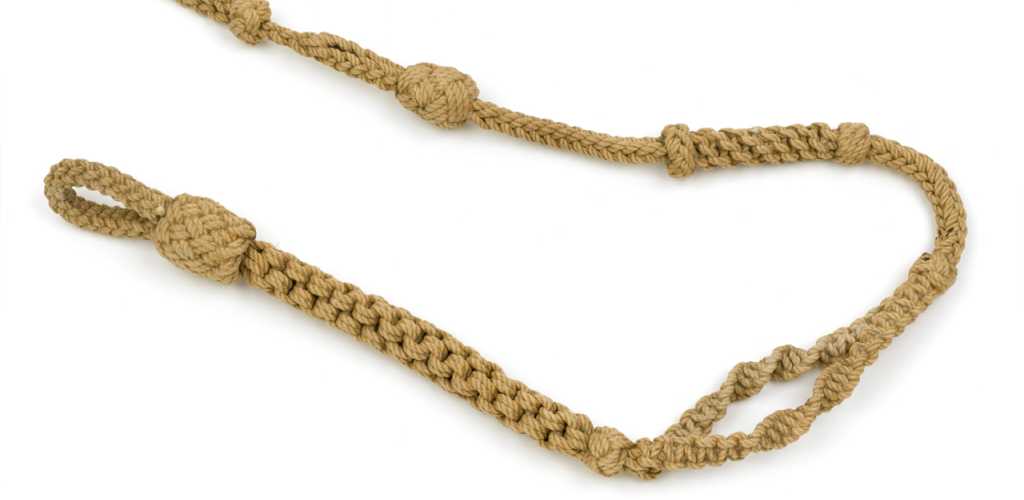

Knotwork was something every sailor did at one time or another. The textile form of this is called Macrame, an early time period form of creating textiles out of knots believed to have started around the 13th century. More can be learned about macrame here.
Scrimshaw
Scrimshaw is the art of carving or whistling, usually into bone or a whale’s tooth, to personalize items elaborately. The three fine examples above are each from the 18th century. Again it was something that took up very little space, was easy to work on, and was relatively easy to pick back up where one left off, which is a recurring theme in spare time onboard ship.
To learn more about this beautiful craft and its rich history click here.
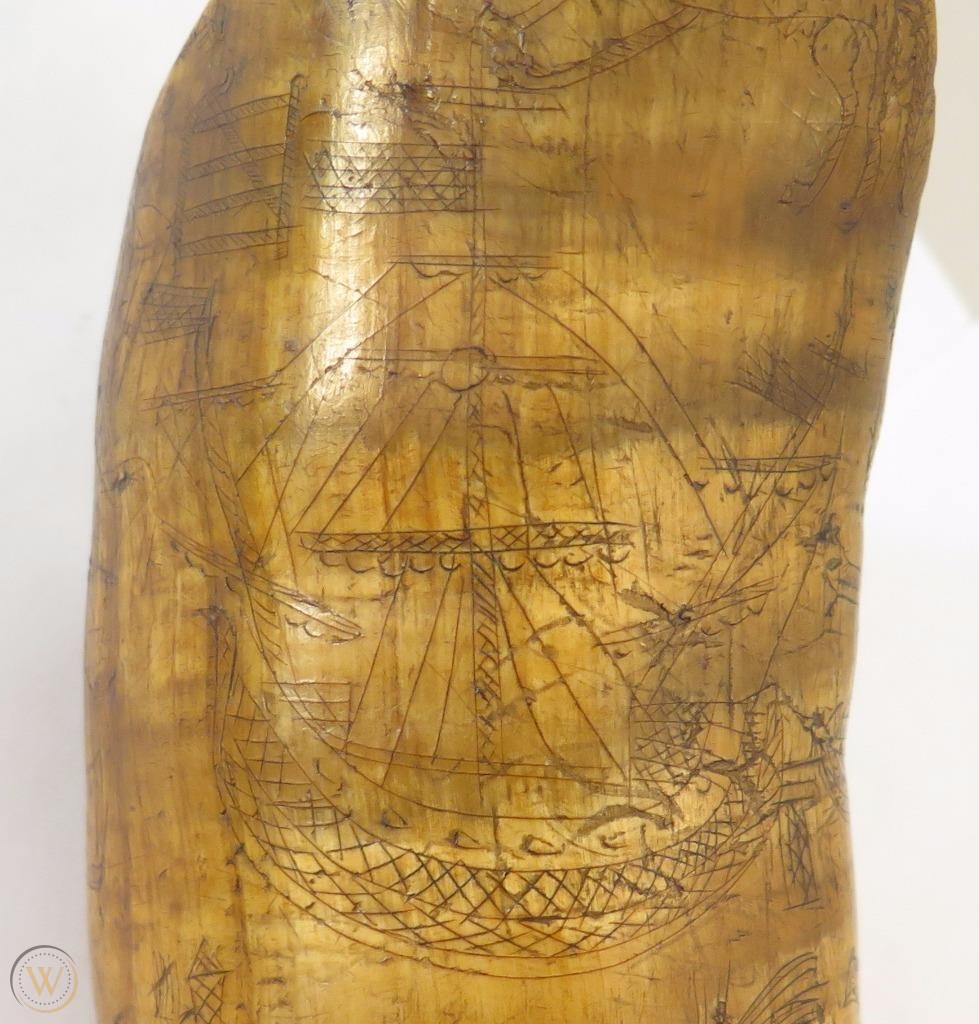
Music
Music and seamanship have gone hand in hand for as long as humans have been on the water.
Drumbeats have kept time, sounded alarms, and rallying announcements, as have other instruments over the years. Sailors have gone to war with music and they have relaxed with it as well. Music is a large part of human culture, and with regard to the sea, it has only gotten more intertwined as time goes on.

It has been known that many a Captain had a favor towards music, and there certainly have been plenty of accounts of either them playing or listening to such pieces. Whether or not this happened with any regular occurrence while on journeys is not clearly documented, but one may dare say probably happened from time to time depending on the vessel and master.
Sea Shanties during this time period were not as widespread or nearly as popular as people think. The songs of the time were more of a chant that was there to get work done, and they were not, to the best of anyone’s knowledge, sung to be fun (that came much later). Not to say that the occasional rousing wasn’t taking place. But as far as shanties go as we know them today, nope. it didn’t happen. However, there are plenty of songs from the time period that were sung, possibly even aboard ships, most definitely in taverns of the time, depending upon the patronage there.
As far as shipboard signing to relax, we cannot say for sure.
For an article that covers more on shanties and their historical significance please click here.
Games

Not every ship had games aboard. That was all dependent upon the Captain, officers, crew, and whatever passengers or assigned units had come aboard. Some would have brought them with them or have bought or bartered for them as games were a luxury item. The chances of finding a deck of cards, dice, or a draughts (checkers) board were decent enough though.
Below are the games we have on board that were popular at the time. We have included links to sutlers that carry these games for purchase as well
18th-century playing cards
A reproduction of a deck from about 1750. The initials “HC” on the King of Hearts provide a clue as to who made the original printing blocks. The classic style of this deck makes it a good representative of decks used in both Britain and the US from the early 18th century up to the late 19th century. Although jokers were not used until the 1800s.
Can find a reproduction (with tax stamps) at Track of the Wolf for about $8.00

Captain’s Mistress
Legend has it that Captain Cook used this game nightly to relax with his fellow shipmates. He spent so much time playing the game, it came to be known as The Captain’s Mistress. At the game’s end, pull the bottom retaining plank and the hardwood balls will drop back into the cabinet.
It’s basically an 18th-century version of Connect Four, we found ours here.

Wooden (or bone) Dice
Dicing games such as Hazard were 18th-century tavern favorites and the forerunner of most popular modern dice games. Although gambling may have met with disapproval from many “proper” persons during the 18th century, dice were nevertheless a common household item as many board games called for a pair of dice for play. Dice of the time were also made from bone as well as wood.
Can find a set of wooden dice with a short history and instructions for a few games here.

Draughts (checkers)
Draughts or checkers is a group of strategy board games for two players which involve diagonal moves of uniform game pieces and mandatory captures by jumping over opponent pieces. Draughts developed from the ancient game Alquerque. The name derives from the verb to draw or to move.
You can find this game anywhere, ours was handmade by the Captain

Gluckhaus
Gluckhaus (House of Fortune) is a German gambling game played with two dice. Gluckhaus is played on a board numbered from 2 to 12 (without the number 4), and two 6-sided dice. It is a game for 2 or more players, German in origin. This is a game the Hessians brought with them over to the colonies when they came as a part of the crown forces. This game was heavily used to gamble for money and various small items in Hessian Jager camps.
Our board was handmade by the captain from a large wooden plank.

Shut the Box
It’s not known for sure where Shut the box originated. Most theories point to a source in Northern France and give Normandy or the Channel Islands as the specific location. It appears that it has been played in this region for at least two hundred years and is a game popular with sailors and fishermen.
We managed to get our game through Amazon.
